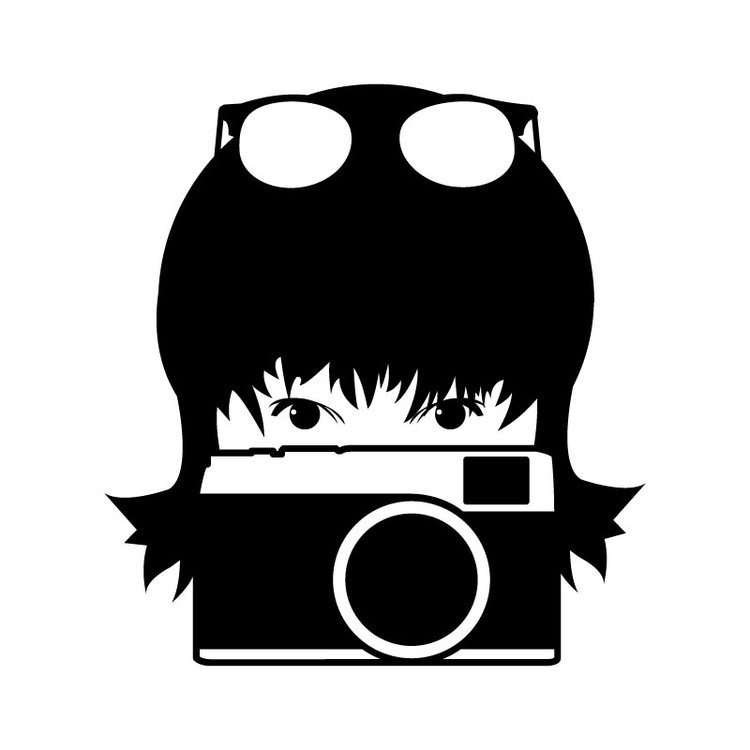Q: "How to do it simply. I have resisted because I did not want to have to work on each and every photo." Joan H.
A: First what is a RAW file? Simply put, a RAW file is an uncompressed file which contains the full data from the camera sensor. It has a high dynamic range but is also quite flat with little contrast because it still requires processing. You cannot use it to print directly from the camera.
What's a JPEG then? It's a compressed image file in a standard readable format. It has a lower dynamic range. A JPEG file is ready for printing or sharing without any manipulation or correction. Post processing of a JEPG (adjusting white balance, contrast, etc.) is still possible but you are not working with the full data captured by your camera sensor, your camera already processed it. There is also a loss in color and resolution.
Note that the picture you see on the back of your camera is a JPEG rendition of what you just shot, even if you are shooting in RAW.
Space considerations: A RAW file takes A LOT more space on your memory card and your computer hard drive than a JPEG, so be prepared for that!
Processing: Yes, you will need a processing software if you shoot RAW. But most likely you are already using one, even if it is only for minor corrections on your JPEGs such as adjusting the exposure or straightening the horizon line.
So what should you shoot, RAW or JPEG? There is no right or wrong answer. It all depends on your needs and goals. If you've never shot RAW before, just switch your setting to RAW + JPEG and play around with it for a few days. You may discover that a little bit of post processing and more flexibility to do so will help enhance your images.
What do I shoot? I shoot RAW pretty much exclusively. The only time I switch to JEPG is when I do panning because it requires shooting a great number of frames in burst mode and it also saves space on my memory card if I do a lot of panning. I also often set my Fuji x100s to RAW + JEPG, this allows me the see in a monochrome and square format on the back of my camera. The advantage is that I still have all the color info in the RAW file just in case I want to use that.
I hope this helps demystify the RAW vs. JPEG question. Memory is cheap so try shooting both for a while and see what works for you!
Please leave a comment below and share your experience with the community. If you have a question, feel free to send it to Valerie for an upcoming Q&A blog post. This blog cannot exist without your questions!
